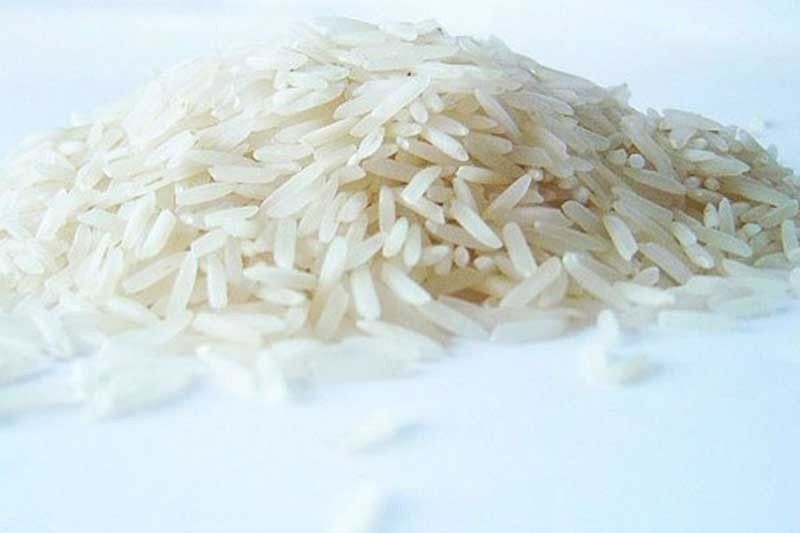Rice self-sufficiency ratio drops to 81.5%

MANILA, Philippines — The Philippines failed to produce more food last year as the country’s rice self-sufficiency declined to 81.5 percent in 2021, with dependence on imports for the Filipinos’ main staple increasing yet again.
In the latest report of the Philippine Statistics Authority, the country’s self-sufficiency ratio (SSR) of rice settled at 81.5 percent last year, down 3.5 percentage points from 85 percent in 2020.
SSR shows the magnitude of production in relation to domestic utilization and is the extent to which a country’s supply of commodities is derived from its own domestic production.
A ratio of less than 100 percent indicates inadequacy of food production to cope with the demand of the population.
In turn, the country’s import dependency ratio (IDR) of rice increased to 18.5 percent from 15 percent in 2020.
Data showed that last year, the Philippines imported a total of 2.77 million metric tons of rice.
On the other hand, corn, which is the country’s second major crop, registered an improvement in SSR to 94.8 percent in 2021 compared to the 2020 ratio of 91.4 percent. The country’s importation of corn went down to 5.2 percent.
Further, adequacy in production was continuously reported for fruits like banana, mango, pineapple, calamansi, papaya, pomelo and tomato.
Vegetables and root crops such as eggplant, ampalaya, cassava and sweet potato also maintained adequacies in production.
Unfortunately, the domestic production level of garlic remained the lowest at only 5.9 percent.
Deficit in output was also recorded in onion, cabbage, peanut, mongo and potato.
For livestock and poultry products, self-sufficiency was sustained for chevon (goat meat), duck, chicken egg and duck egg.
The country’s sufficiency in pork slipped to 74.3 percent, its lowest in five years, while that of chicken meat went down to 89 percent from 92.9 percent.
Decreased SSRs were also observed for carabeef at 63.7.
Adequacy in production was still maintained for fishery products such as milkfish, shrimps and prawns, crabs, and oysters. Tilapia output was almost sufficient at 99.9 percent.
The 2021 SSRs of round scad and tuna both declined to 74.9 percent and 70.1 percent, respectively.
- Latest
- Trending



























